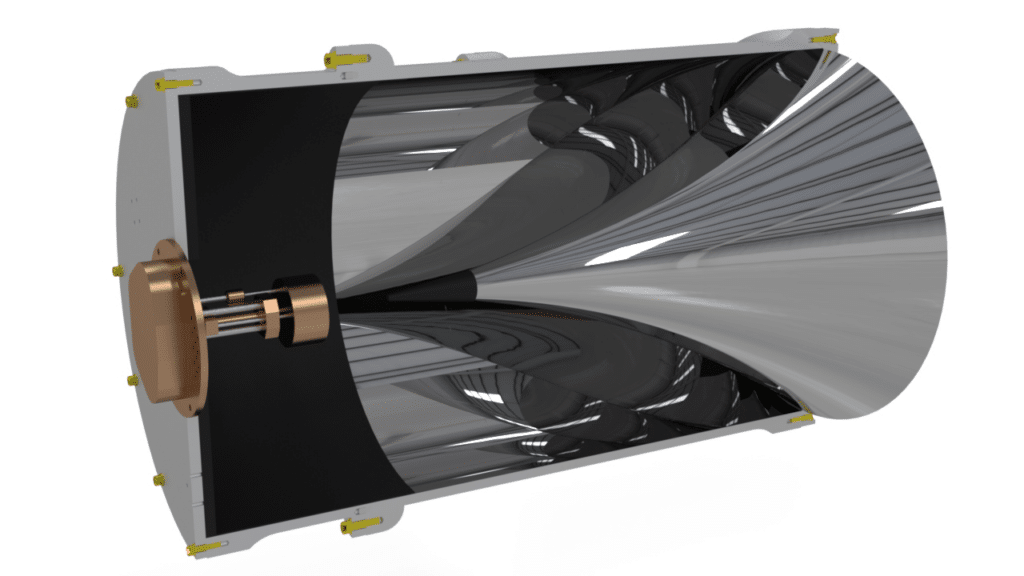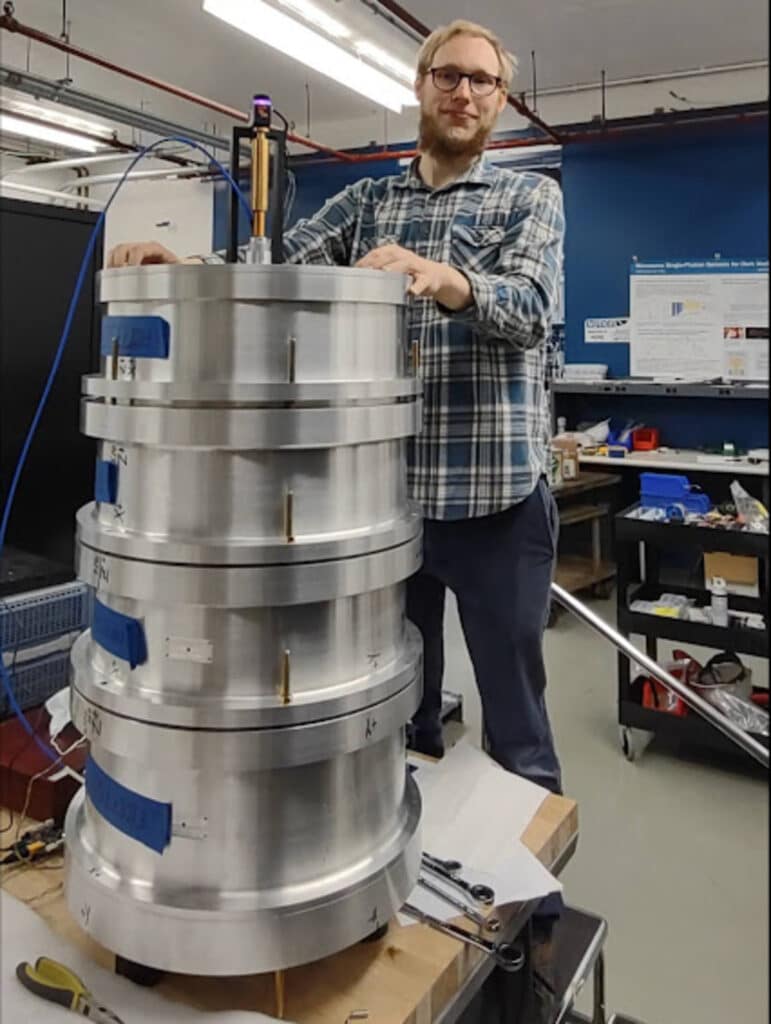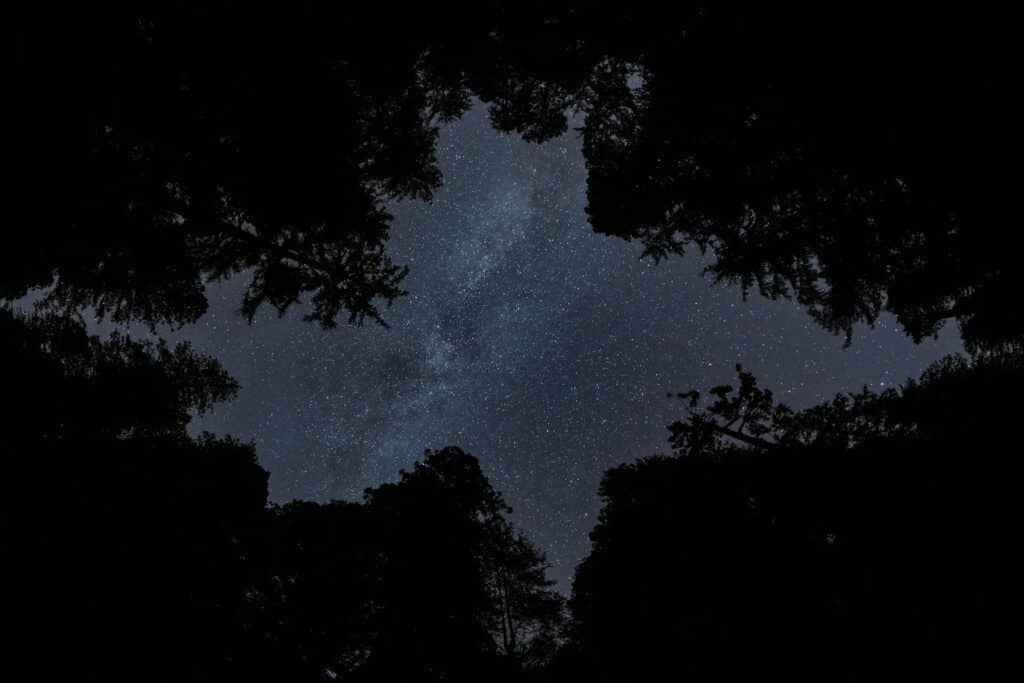Space may be much more crowded than we think — not with stars and planets, but with invisible particles that could hold the secrets to some of the universe’s greatest mysteries. Among these elusive entities, “dark photons” — hypothetical cousins of ordinary light particles — have captured the imagination of physicists. Now, a team of researchers from the University of Chicago and Fermilab has taken a significant step in the hunt for these shadowy particles, potentially narrowing down where and how to look for them.
The existence of dark matter — the invisible stuff thought to make up most of the matter in the universe — is one of the biggest puzzles in physics. While dark matter doesn’t interact with light the way ordinary matter does, making it invisible to telescopes, physicists suspect it could interact with other forces. One promising candidate for this interaction is a hypothetical particle called the dark photon.
If dark photons exist, they could occasionally “transform” into ordinary photons of light, and vice versa. This strange identity-swap, called kinetic mixing, is what the research team, led by Stefan Knirck of Fermilab, hoped to detect using a clever setup named GigaBREAD in a study published in the journal Physical Review Letters.

“This result is a milestone for our concept, demonstrating for the first time the power of our approach,” says Knirck, a Fermilab postdoctoral scholar who spearheaded the construction and operation of the detector, in a media release. “It is great to do this kind of creative tabletop-scale science, where a small team can do everything from building the experiment to data analysis, but still have a great impact on modern particle physics.”
GigaBREAD is no ordinary telescope. Instead of collecting light from stars and galaxies, it’s designed to detect the “transformed” ordinary photons from dark photons zipping through the room. The setup features a metallic dish that converts dark photons into electromagnetic waves, which are then focused by a parabolic mirror onto a detector. The whole assembly is enclosed in a shielded chamber to block out unwanted noise.
Researchers took data continuously for 24 days, carefully analyzing the detector’s output for any signs of a dark photon signal. While they didn’t spot the telltale signature this time, the results allowed them to rule out a range of possible masses for the dark photon with unprecedented sensitivity.
The range they explored corresponds to dark photon masses between 44 and 52 microelectronvolts — around a millionth the mass of an electron. This is equivalent to electromagnetic waves with frequencies between 10.7 and 12.5 gigahertz, the same range used by some satellite communication links and radar systems.
“If you think about it like a radio, the search for dark matter is like tuning the dial to search for one particular radio station, except there are a million frequencies to check through,” explains study co-author David Miller, an associate professor at the University of Chicago. “Our method is like doing a scan of 100,000 radio stations, rather than a few very thoroughly.”
The fact that no dark photons were detected in this range doesn’t mean they don’t exist — it just means that if they do, they must have a different mass, or they interact with normal matter even more weakly than the experiment could detect. Researchers quantify this interaction strength using a parameter called kinetic mixing, represented by the Greek letter χ (chi). Their results rule out χ values down to around 10^-12 (or 0.000000000001) for the mass range they studied.
While these numbers may seem esoteric, they represent a significant advance in the search for dark photons. The new constraints are about 100 times more stringent than previous limits from astrophysical observations. What’s more, they demonstrate the potential of laboratory experiments to directly detect these elusive particles.
GigaBREAD is just the beginning. Researchers are already gearing up for their next step: placing their detector in a strong magnetic field. This would allow them to search for another dark matter candidate called the axion — an ultra-light particle that, like the dark photon, is predicted to occasionally transform into photons in the presence of a magnetic field.

“There are still so many open questions in science, and an enormous space for creative new ideas for tackling those questions,” notes Miller. “I think this is a really hallmark example of those kind of creative ideas — in this case, impactful, collaborative partnerships between smaller-scale science at universities and larger-scale science at national laboratories.”
As the hunt for dark matter continues, experiments like GigaBREAD are pushing the frontiers of physics, peering into the unknown in search of answers to age-old questions. Each null result, far from being a disappointment, helps to paint a clearer picture of where the truth lies. In the shadowy realm of dark photons and axions, even the tiniest glimmer of light could one day illuminate the path to a profound new understanding of the universe.












